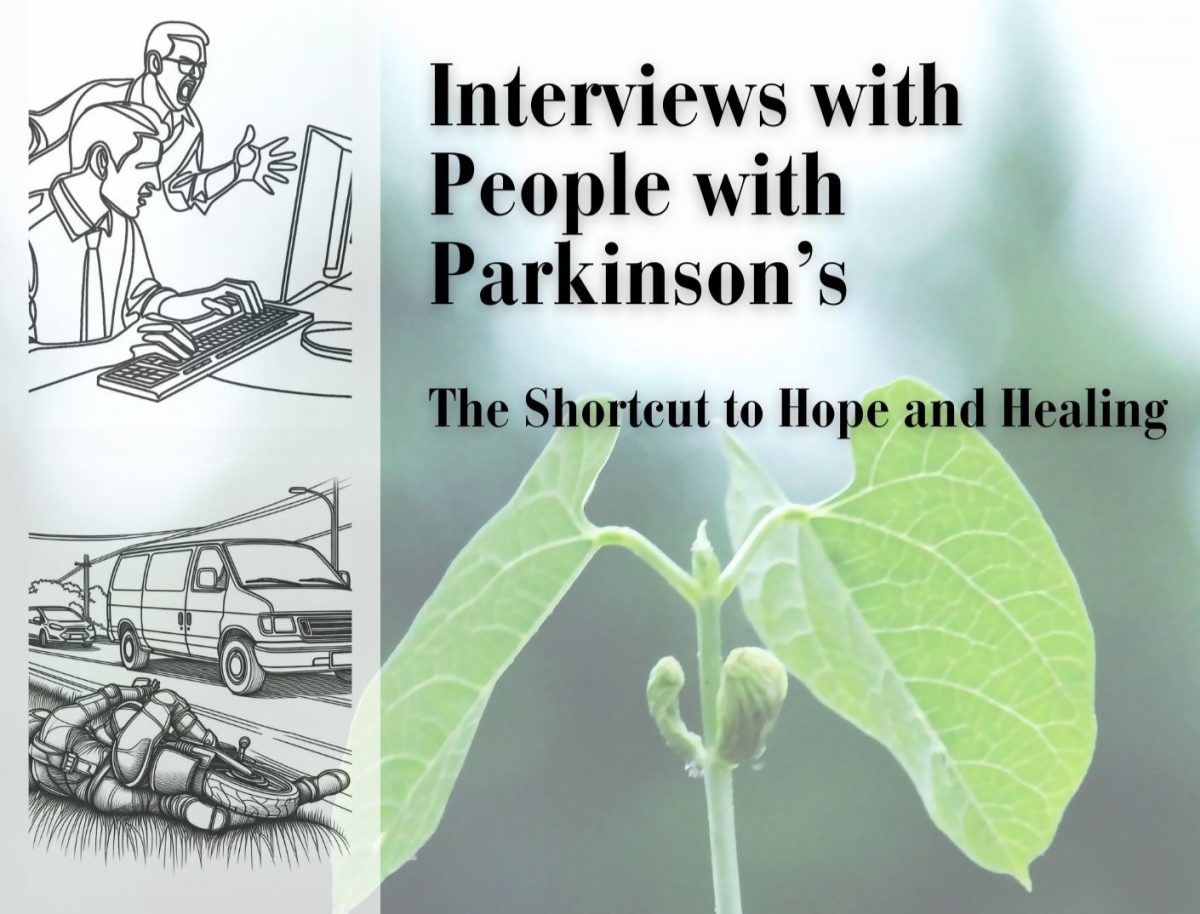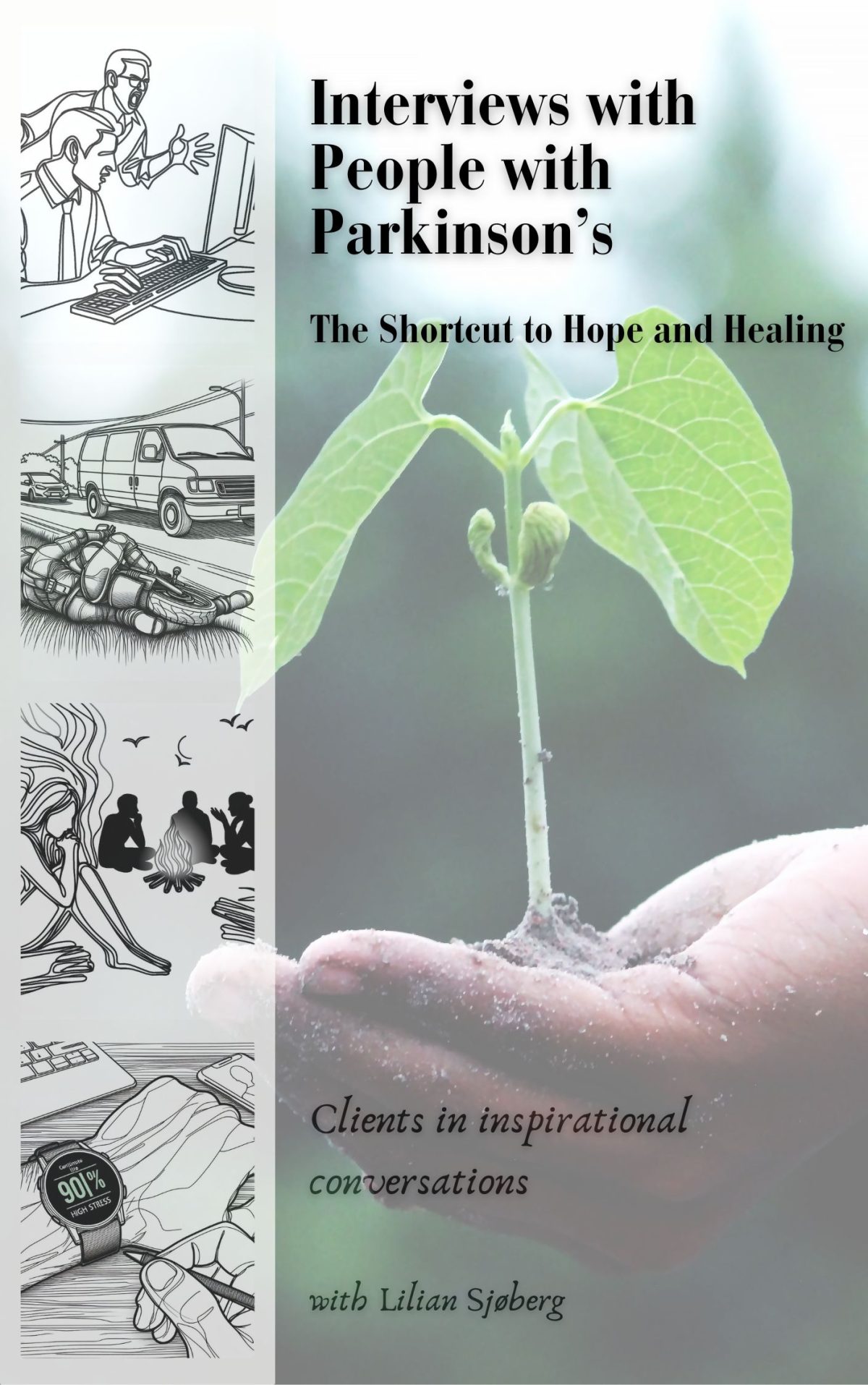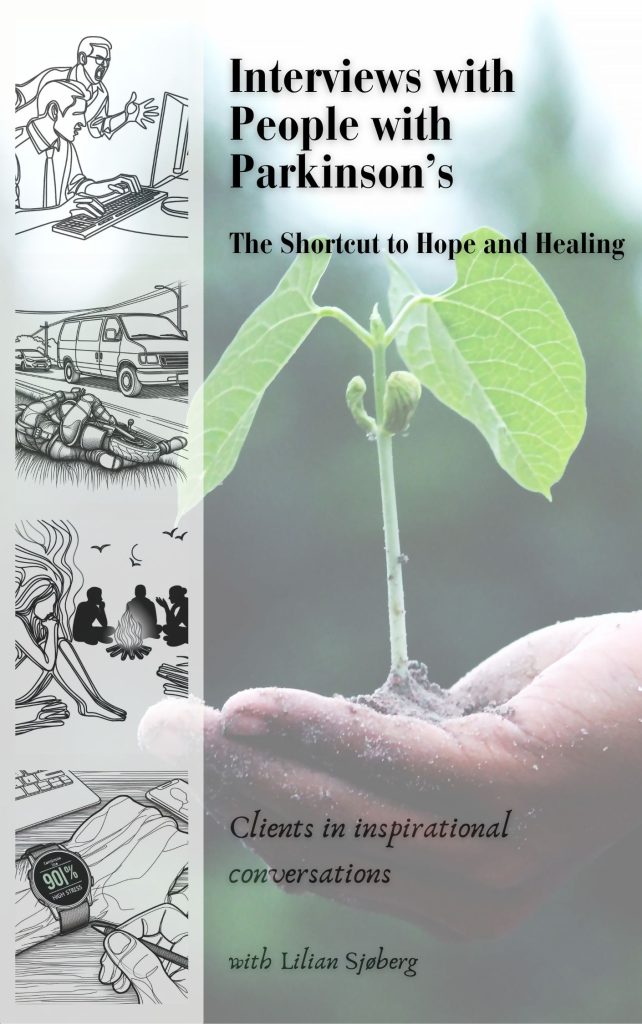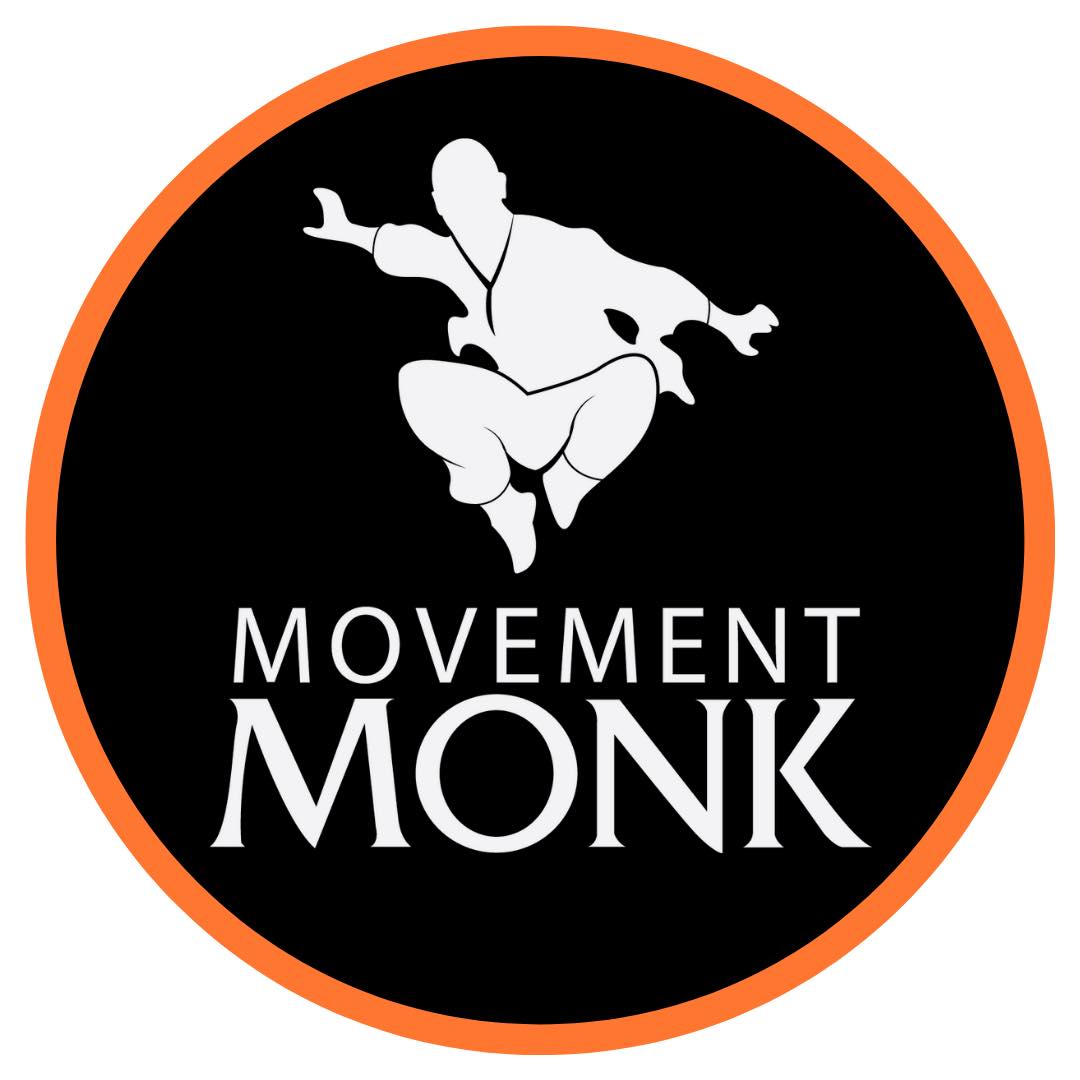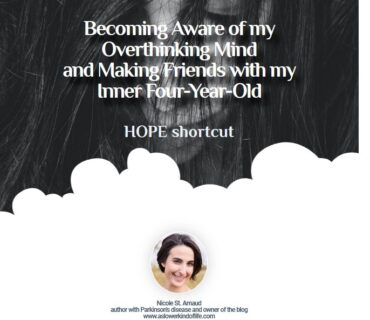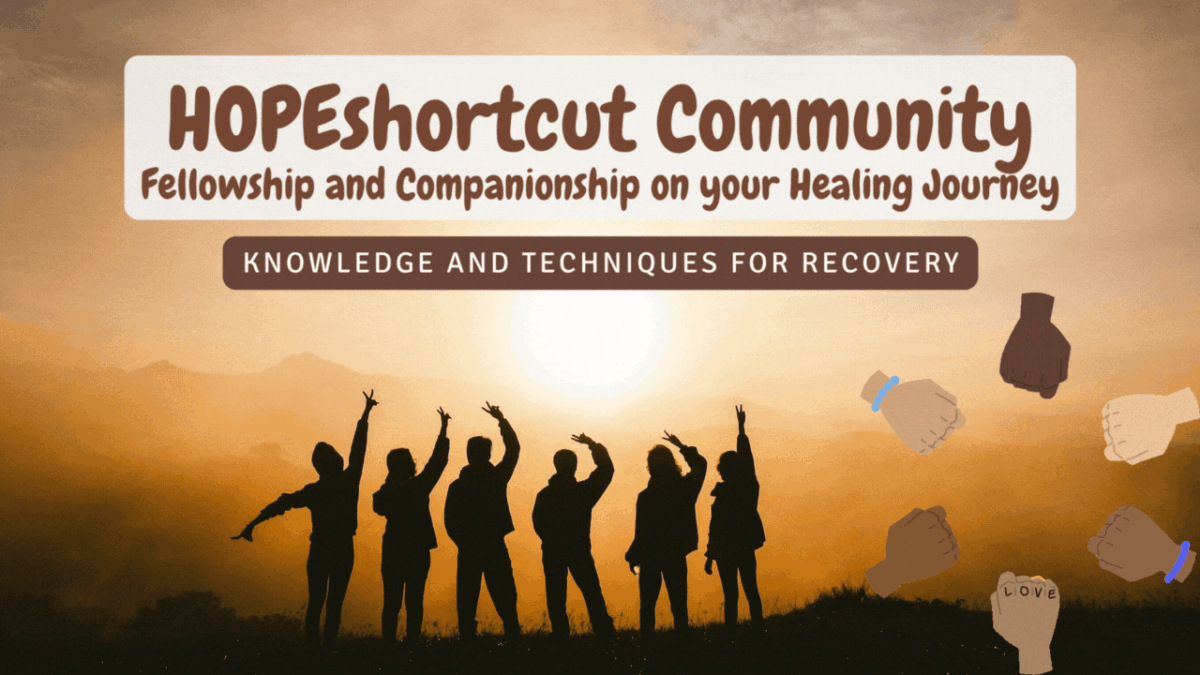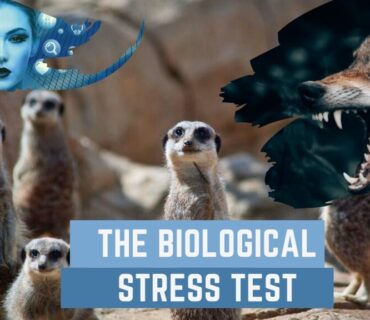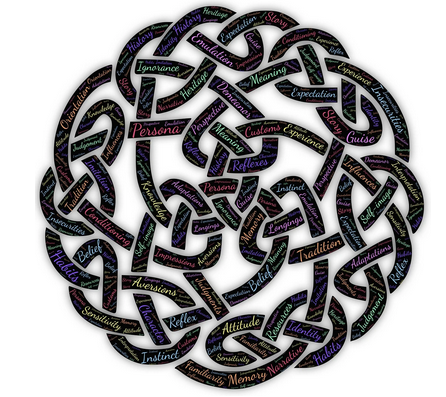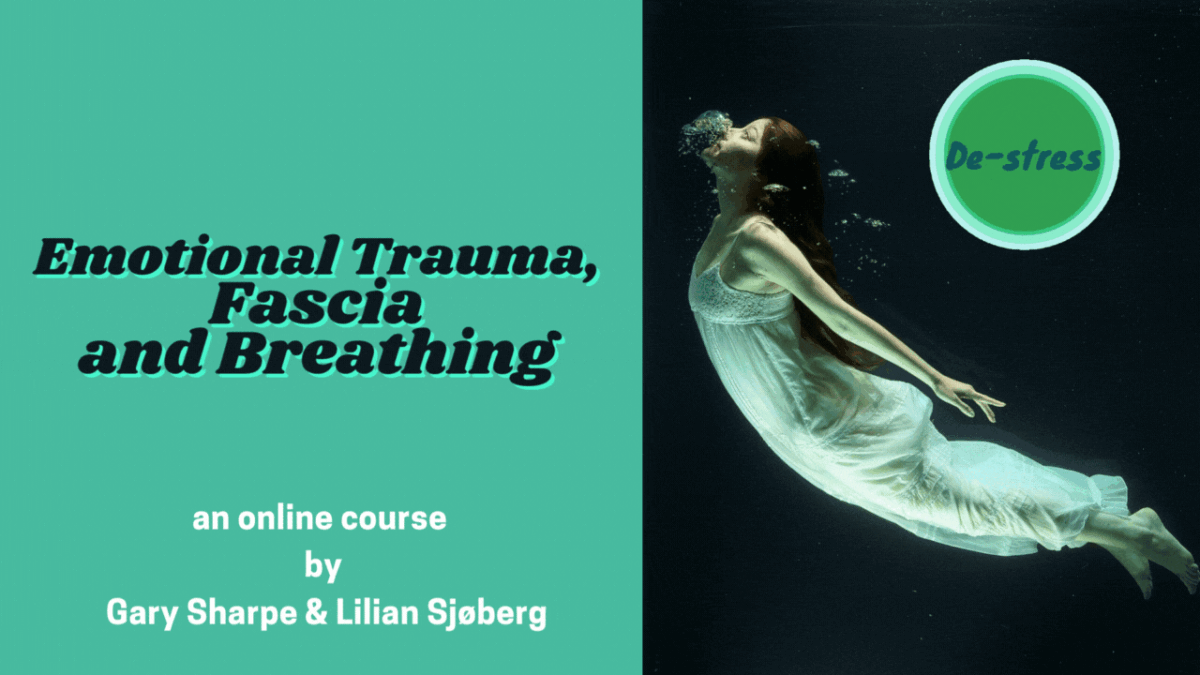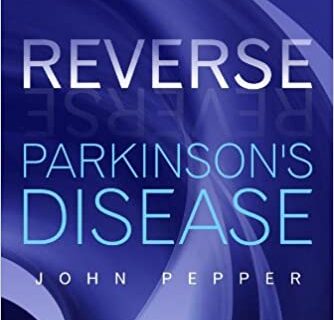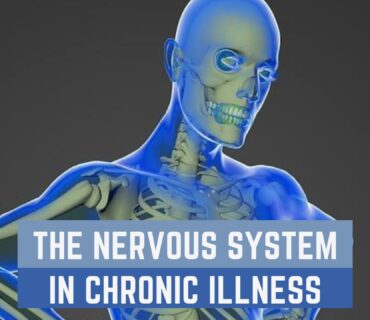Author: Lilian
Protected: Interviews with People with Parkinson’s in inspirational conversations with Lilian Sjøberg
Lilian Sjøberg
Interviews of people with a Parkinson’s diagnosis from around the world reveal that it does not have to be this way. Instead, hope and self-reflection can be part of the solution to a better life.
the Movement Monk and Lilian Sjøberg
Prepare to dive deep into Lilian Sjøbergs groundbreaking findings that have the potential to revolutionize how we approach and heal conditions like PTSD, Parkinson’s, trauma, chronic tension, and pain. Get ready for a mind-blowing journey that could change your life.
Client after 3. sessions
How overthinking is not going to help a person who has a disease
HOPEshortcut Community
In the future we should have recovery centres where you can learn symptom reduction.
The intention of this membership area is to provide a virtual version of this concept.
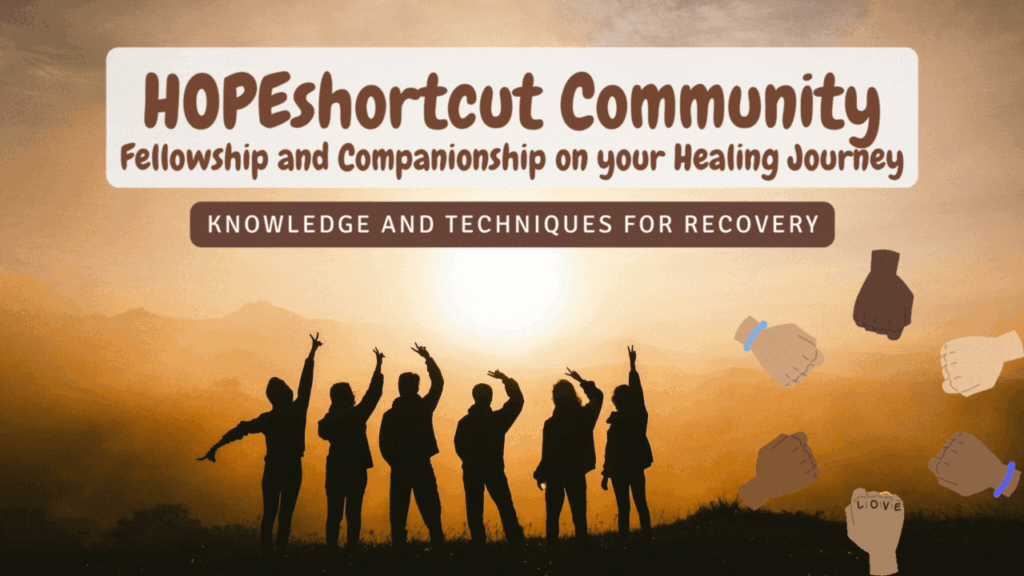
Biological Stress test
I have now read and worked through all of the Stress Test content, which I think is extraordinary and quite unique
– I haven’t come across anything like it before. It clearly is the cumulation of your years of deep study and joining the dots.
I wish I had had this information earlier after my diagnosis – Gary Sharpe
Connect the dots
The Gordian Knot of Parkinsons
and the clues that help us solve it
Parkinson’s disease is very stress-related – that we can all agree.
But are we missing something obvious that might help?
I have gathered knowledge that is already out there and “connect the dots”.
The solution is out there and already proved by science. So join the dots here
Emotional Trauma, Fascia and BreathingBody Memories and Fascia (Connective Tissue)
It brings together Gary Sharpe’s section on Fascia and Connective Tissue with Lilian Sjøberg’s concept of Body Memories
Reverse Parkinson’s Disease
After only six years of regular, energetic exercise, he no longer appears to have Pd
By John Pepper
Reverse Parkinsons disease
Find it in the shop.
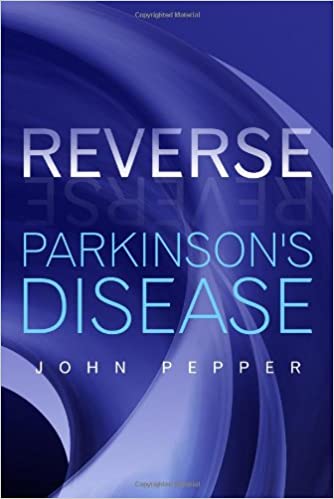
Calm States For Health and Restoration
A few terms and definitions which I thought may help folks feel into the states of being, required for health and restoration, detoxification and anti-inflammation.
A few terms and definitions which I thought may help folks feel into the states of being, required for health and restoration, detoxification and anti-inflammation.
- Placid – not easily upset
- Tranquil – free from disturbance
- Serene – untroubled
- Restful – having a quiet and soothing quality
- Pacific – peaceful in character or intent
- At ease – free from worries or awkwardness
- Content – in a state of peaceful happiness
- Comfortable – physically relaxed and free from constraint
- Resilient – able to withstand or recover quickly from difficult conditions
- Equanimity – calmness and composure, especially in a difficult situation
- Respiring – recovering hope, courage, or strength after a time of difficulty.
- Contemplative – looking thoughtfully at something for a long time
Since many of the symptoms of many chronic illnesses have one-to-one correspondences with ingrained stress symptoms, all my studies point to the key for reducing these symptoms is in the ability and willingness to put the brain and body in such states of calm for prolonged periods.
Indeed, these states of calm are known to be the conditions under which the body can self-repair, detoxify and address inflammation. Being under chronic stress, psychological stress, or chronic fear effectively exiles us from these states, and hence necessarily results in increasing toxification and inflammation of the brain and body.
Here are a just of few of the very many conditions we have found there is good scientific literature for which supports the case that chronic stress is causal, triggering, and/or exacerbating, and hence for which stress reduction will be vital for recovery:
[If anyone finds other examples, let us know and we can add to the list – maybe google the name of your own diagnosis together with the word ‘stress’].
- Disrupts immune function
- Slows wound healing
- Lung, colon, rectal, and stomach cancer and non-Hodgkin lymphoma
- Glaucoma
- Osteoporosis
- Downregulation or loss of receptors in the endocannabinoid system
- Parkinson’s Disease
- HIV turning into AIDS faster
- Anaemia and iron dysregulation
- Sepsis, endocarditis, and meningitis and other central nervous system infections
By Gary Sharpe

Nervous System in Chronic Illness online course
Gary Sharpe’s course about his understanding of diseases and the nervous system
“The common underlying problem is the modern world, and how we attend to it”

